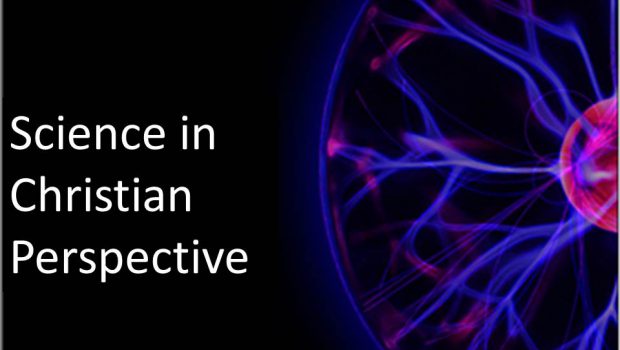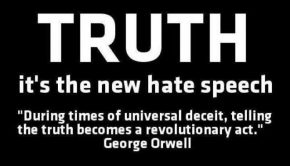Science in Christian Perspective Part 3: The Galileo Affair
For this post, I have slightly modified a short essay I wrote on the topic of the Galileo Affair. My main aim in this essay was to demonstrate that, while Galileo’s trial did involve religion, it is not indicative of a necessary conflict between science and religion as such.
INTRODUCTION
The trial of Galileo is popularly used as the paradigmatic illustration of the conflict between faith and science. Galileo, the story goes, was a rational scientist following the evidence where it leads when the oppressive and irrational Church persecuted him for doing so.
This paper demonstrates that such a simplistic understanding ignores many of the factors that led to Galileo’s trial. Cardinal Bellarmine had ensured heliocentric models were viewed as unscriptural, while Galileo ensured he insulted the Pope in presenting heliocentricism to the public. His trial was certainly a political conflict, but one that only marginally involved a conflict of science and faith.
Galileo and Modern Science
Galileo was instrumental to the rise of modern science. Among his many contributions stands the fact that he was a true practitioner of science, Galileo did what many others only theorized about. This is no doubt because Galileo, as James Hannam notes, “believed that a scientific proposition was proved if it could be derived from properly grounded causes and then demonstrated by experience.”[1] This method of Galileo stands as a basic practical foundation for modern science.
Theoretically speaking, Galileo depended heavily on his predecessors in natural philosophy. He did not discover heliocentricism, but depended on Copernicus for the theory.[2] Galileo followed several others, including John Philoponus, in concluding “objects of differing weights fall at the same speed”.[3] Galileo did not invent the telescope, but did improve it substantially.[4] In these and other instances, Galileo depended heavily on his predecessors for theories he further developed and demonstrated.
Galileo on Trial
Galileo, on the popular level, is perhaps most famous for his trial before the Inquisition. Galileo’s trial is frequently cited as an example of faith and science being fundamentally at odds. Such an understanding ignores many of the underlying issues that played a key role in the trial of Galileo.
First, while Cardinal Bellarmine had died by the time Galileo faced trial, prior to his death he made certain that ideas about the earth moving and the sun being stationary were declared unscriptural.[5] Bellarmine advocated a naïve literalism when it came to interpreting Scripture, viewing Scripture as “literally true unless there were ironclad reasons not to do so.”[6] In contrast, Galileo advocated a more natural reading of the Bible. Passages that talk about the sun moving, such as Eccl 1.5, should be understood as a common idiom not meant to literally mean the sun moves.[7] While I am sympathetic to Bellarmine’s attempt to uphold biblical authority, Galileo was correct in his understanding of how Scripture must be interpreted in light of its genre and intention.
This is important in the relation of science and faith. Inerrancy does mean Scripture and science cannot ultimately conflict, but an interpretation of Scripture can conflict with an interpretation of scientific data or theory. Thus, when Scripture is rightly interpreted, it cannot and will not conflict with science as such. Correct interpretation of Scripture and nature is necessary in reconciling supposed conflicts of faith with science.
Galileo could have weathered this disagreement with Bellarmine, especially once his friend Maffeo Barberini, became Pope Urban VIII.[8] Galileo could present Copernicanism as a theory, and Urban did not actually consider Copernicanism to be heretical.[9] As such, Galileo could write on the topic as long as he did so carefully.
Unfortunately, Galileo took a rather rash approach in his popular-level book on Copernicanism. In private meetings with Galileo, Pope Urban had expressed his view of the problem of underdetermination as applied to astronomical models.[10] Galileo took Urban’s view and attributed it to a character named Simplicio.[11] This was equivalent to calling Pope Urban VIII a simpleton and it is hard to imagine how it could be taken as anything but a rash and unnecessary personal insult.
Galileo was not primarily put on trial for advocating Copernicanism. Rather, he as a scientist challenged the biblical interpretations of professional theologians such as Bellarmine. More importantly, he personally insulted the Pope. Perhaps if Galileo had only questioned the Church’s interpretation he would have never been put on trial. But doing this along with insulting the Pope placed him in a precarious political situation.
Bellarmine and Pope Urban VIII viewed Galileo’s support of Copernicanism as wrong, and did not accept his findings as supporting it. The Church had apparent biblical, scientific, and philosophical reasons to reject heliocentricism. But ultimately Galileo was put on trial for political reasons. His trial does not demonstrate the incompatibility of faith and science, but the devastating impact of mishandling delicate politics.
CONCLUSION
The view that Galileo’s trial is an example of a necessary conflict between faith and science cannot be maintained in light of the historical facts. While Galileo was in conflict with the naïve literalism of Cardinal Bellarmine this was a conflict between good and bad exegesis, not of science and faith.
Given the support Galileo enjoyed from Pope Urban VIII, he could have presented heliocentricism as a model without any fear of reprisal. However, Galileo opted to personally insult the Pope and thus incur his political wrath. Galileo’s trial should primarily be understood as a political conflict, not a conflict of science and faith.
[1] James Hannam, The Genesis of Science (Washington, DC: Regnery, 2011), 309.
[2] Ibid.
[3] Ibid., 305.
[4] Ibid., 317.
[5] Ibid., 323.
[6] Ibid., 322.
[7] Ibid., 320-321.
[8] Ibid., 325.
[9] Ibid., 325-326.
[10] Ibid., 326.
[11] Ibid., 332.










